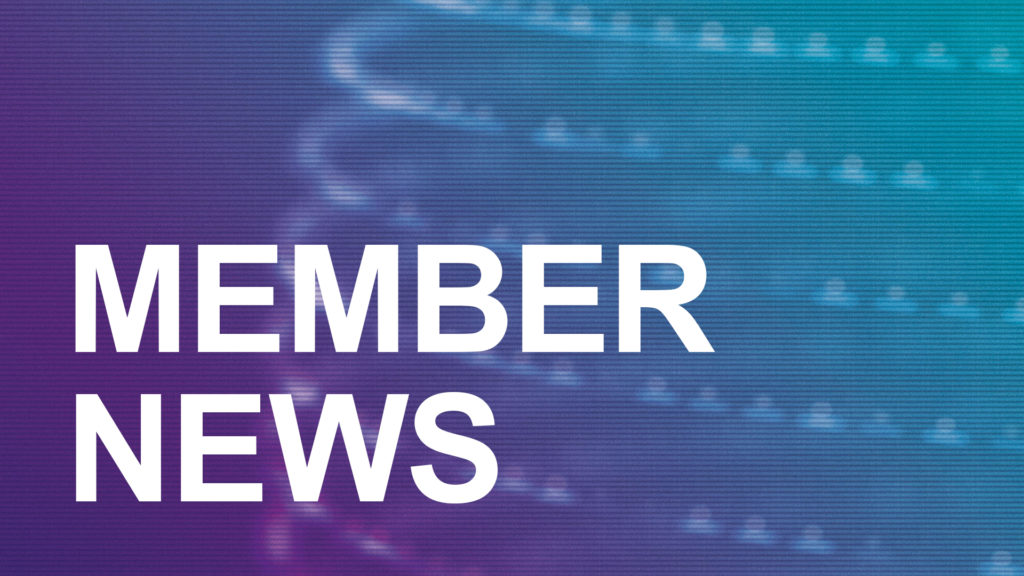Peterson Energy Logistics has been transporting critical resources for the energy industry for over 50 years. Employing 850 people globally, it is responsible for delivering reliable, innovative, data-driven solutions enabling time, cost, and environmental efficiencies.
Its Lighthouse software, launched in 2012, digitises the end-to-end logistics supply chain for its internal teams managing client contracts. It is also offered to external clients on a ‘software as a service (Saas)’ model. Lighthouse empowers intelligent business decision-making, ensuring users understand the full value of their data. The team recently built an optimiser to semi-automate the cargo planning process, using the expertise of Peterson’s in-house transport controllers to understand the huge variances and complexities of transport operations. It partnered with data analytics and AI consultancy Blend to bring this project to life. Initial efforts focused on improving the key data points and metric calculations used to form the optimisation solution, generating reliable outputs for the transport team.
The next step was to design and build an optimiser to automate planning trailer loads from the pool of cargo requests received through Lighthouse. The transport team approved or amended these within Lighthouse’s logistics suite. Planning software had already sorted the cargo into groups before advanced data science techniques determined the optimal cargo plan, drawing on such information as pick-up locations, required collection times, hazardous chemical information, as well as other relevant information about the cargo and its journey.
Continuous assessment and feedback from the Transport team during development kept the focus on accuracy and feasibility, while ensuring that the solution suited the team’s way of working. The team therefore had a clear understanding of how the optimiser worked and had a sense of ownership. The optimiser was built using best-in class technology, such as Databricks. The architecture was decoupled from Lighthouse’s, allowing the optimiser to act as a bespoke addition without impacting any other parts of the client’s system. Since deployment there have been no production failures.
As a final step, a reporting dashboard, built in Power BI, was overlaid on the optimiser giving real-time visibility of acceptance rates, overall fleet efficiency and other key statistics. The continuous improvement this enabled also put a value on the improvements the optimiser had delivered.
Benefits of the solution
Before the optimiser, Transport Controllers would spend upwards of an hour planning trailer loads for the rest of the day. The manual effort has now been cut to less than five minutes. The optimiser decides which cargo goes on which trailer, which is then approved by a Transport Controller. The load acceptance rate has averaged an impressive 88%. Retaining an expert in the loop provides oversight of outputs, derisking the automated plans, and providing reassurance for the transport team.
The optimiser has also made the most of trailers, cutting CO2 emissions by a tenth through better allocation of loads. This is crucially important to Peterson’s sustainability and its commitment to reach net zero emissions. If applied to the wider industry, the impact would be hugely beneficial. There is also less need for subject-matter experts. The onboarding experience for new employees is more straightforward and the technology frees up controller’s time to focus on higher-value tasks.
Conclusion
This project is a great example of using innovative technology to cut waste and improve operational efficiencies in traditional industries. The optimiser’s development and implementation highlight the significant benefits of applying advanced data science and cutting[1]edge technology to logistics planning, ultimately supporting Peterson’s strategic goals and enhancing the overall business performance for itself and clients.
Read the Full Supply Chain Report 2025 >>
Share this article



